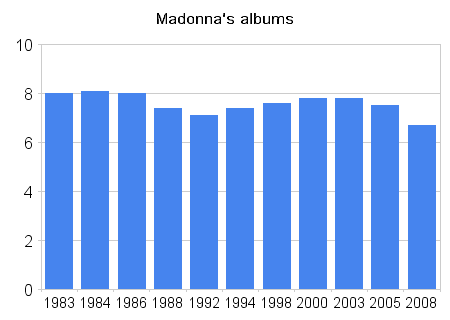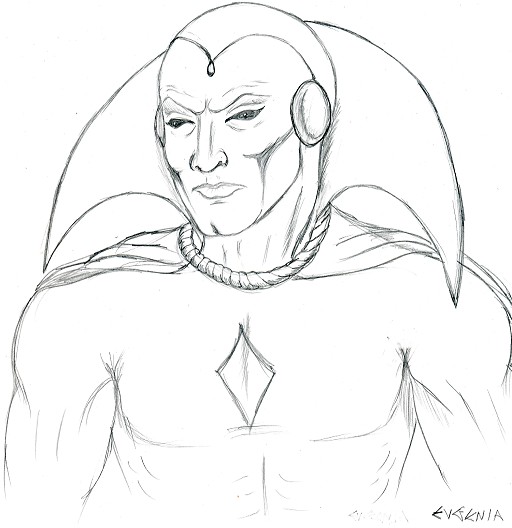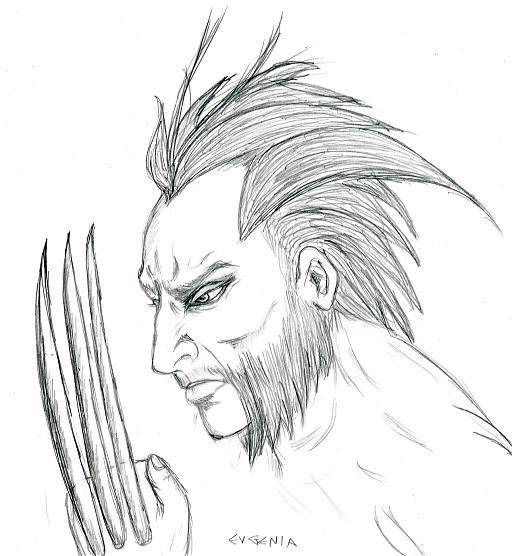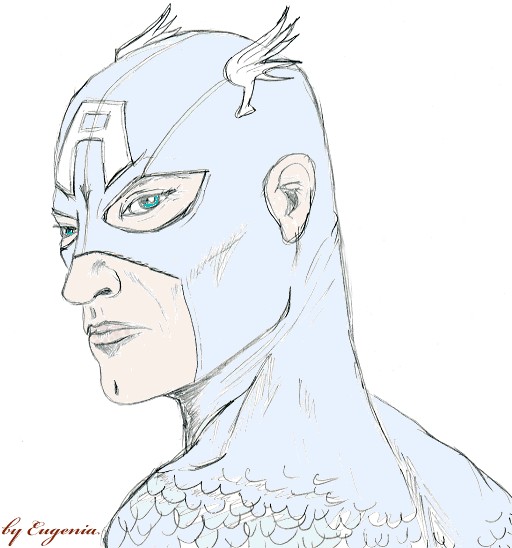Review: Jazz Elite HDV-188 5MP HD Camera
Geeks.com sent over for a review the Jazz Elite HDV-188 5MP HD video camera and a 2 GB SD card to go with it. This is a cheap digital camera selling at just $140 right now. It certainly sounds like a steal, but how good is it?
In the box we found the camera, a software CD, a Li-ion battery, a Quick Guide, a carrying pouch, a power adapter (100 – 240V 50/60 Hz), a USB cable, earbuds, an A/V cable and an HDMI cable. The camera is pretty small, weighs less than most digicams, and fits well in the hand. Unfortunately, the construction is pretty bad: the battery door is ready to give up and the LCD turning mechanism feels very flimsy. The “macro” slider too.
The HDV-188 has a 5MP sensor, 64 MB flash storage, SDHC support, NTSC/PAL and HDMI-out, and a rotating 3″ TFT screen. It also features digital image stabilization and a voice recording and mp3 playback mode. It has no optical zoom, only 8x digital.
The camera has a flash light and lens similar to the ones we see on some cellphones. There is no protective cap in front of the lens but a glass surface. It has an on/off button on the top but I don’t see anyone using that as the camera turns on/off automatically when you open the LCD. There’s a macro/normal focusing setting for the lens, a tripod hole on the bottom, astonishingly an HDMI port on the front, and a photo shutter button and a video record button on the back. Also on the back side you will find a rocker button that works both as a zoom in/out and a menu selector, along with a few more action buttons and the USB/AV ports.
It doesn’t take long to get used to the interface. There are QVGA, VGA, 720×480 and 1280x720p recording modes. There are also music and picture viewing modes. When you enter the main menu you can modify the exposure, flash light on/off, sharpness, white balance, stabilization on/off, motion detect (the camera will start recording automatically when detects motion) and night mode. The camera mode allows for multi-snap of pictures, self-timer and photo frame. All modes support a normal color mode, or B&W, sepia and negative. The main settings allow for camera sounds on/off (although there is a bug and the camera forgets that setting the next you restart it), format SDHC card, time setup, selection between NTSC/PAL, and support for 11 languages.
The camera records in h.264 AVI at 5 mbps when in 720p mode (1 hour of video in a 2 GB SD card, sample). Unfortunately, instead of using the much more common h.264 setup of MP4 and AAC, it uses AVI and the “MS ADPCM 22050Hz mono 88Kbps” audio codec that Windows Media Player and most of the freeware players didn’t support well (WMP and VLC had no audio even with ffdshow installed). Sony Vegas was the only application that I tried that was able to read both the video and audio correctly though! The video is recorded at 30.00 fps, but if you enable the image stabilizer the frame rate falls to 24.00.
In terms of visual quality in 720p mode, it’s horrendous. There is a lot of pixelation throughout, and if you start panning, there is even tearing in the video. I don’t see the point of including an expensive HDMI input on a camera like this. Now, the interesting thing is that if you record in 720x480p mode instead (2.5 mbps, can hold 2 hours of video in a 2 GB card, sample), the quality is much better than in 720p mode! Which leads me to believe that their 720p mode might be a marketing ploy, that is, being interpolated. Having said that, the audio quality out of the mic is good though. Better than on most digicams.
So the question remains, is this Jazz camera a better deal than an Aiptek or a Kodak HD camera at a similar price? In terms of visual quality, I would for an Aiptek instead. If I wanted both a pretty good digicam and an HD video camera in one, I would go for this Kodak instead (which also offers image stabilization while the Aipteks don’t). I would get this Jazz camera only if HDMI, image stabilization when in 480p mode were important to me. But its 720p mode is nearly useless.
Rating: 5/10
![]()







